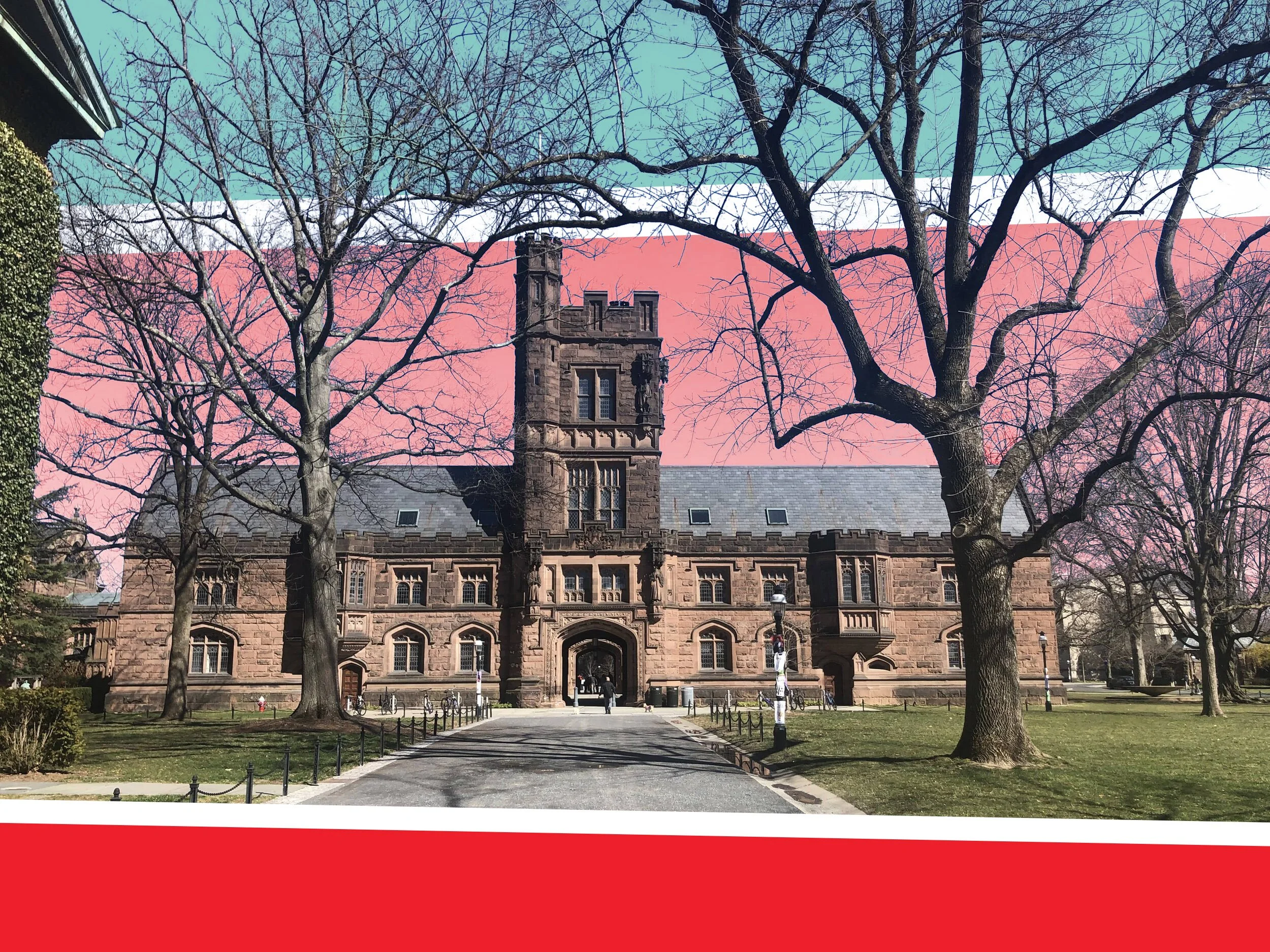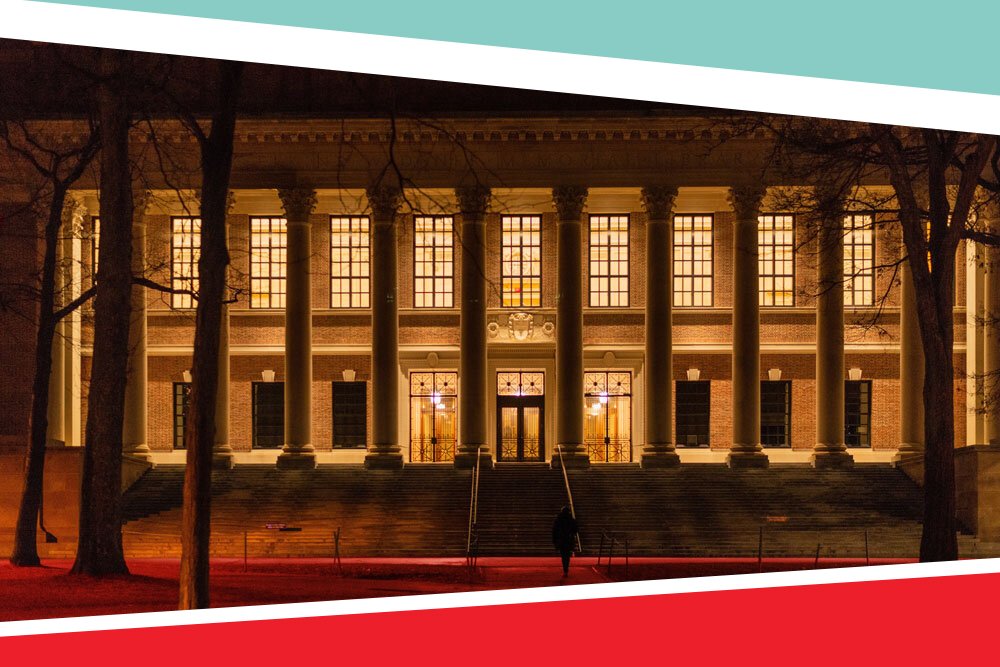Ivy League Rankings 2024: The Definitive Guide
/Which is the best Ivy League school? Learn how Ivy League rankings are developed, which ones matter, and what they mean for you
Ivy League rankings indicate how schools are viewed overall, but schools provide different opportunities that might be best for your child
----
Introduction to Ivy League rankings
Ivy League rankings are released annually by major publications to the delight of students, alumni and university staff whose schools moved up and to the chagrin of those whose schools moved down.
Current and former students often use these rankings for bragging rights, and many journalists, media members, and educators downplay their significance, citing issues with methodology and bias. However, the pushback does not deter high-achieving college applicants and parents, who want to know which Ivy League school is the best.
Interest in this answer stems from the Ivy League being synonymous with America’s most selective, prestigious, and elite colleges. In other words, not only are Ivy League acceptance rates among the country’s lowest, each school carries a strong brand name that follows its alumni throughout their educations, careers, and networks.
List of Ivy League schools
Before we dive into the rankings and discuss which is the best Ivy League school, here’s the alphabetized list of the eight Ivy League schools:
Brown University
Columbia University
Cornell University
Dartmouth College
Harvard University
University of Pennsylvania
Princeton University
Yale University
How Ivy League schools are ranked
To be clear, there is no single agreed-upon list of Ivy League rankings, in part because they have relative strengths. (More on that later.) However, the four most widely cited lists are published by Forbes, Niche, U.S. News & World Report, and the Wall Street Journal/Times Higher Education.
Each set of rankings emphasizes different variables according to their primary focus, which naturally influences the order. For instance, whereas Forbes heavily weighs financial outcomes like career earnings, U.S. News & World Report significantly considers schools’ academic standings. Fortunately, combining these different best colleges lists allows us to develop a strong overall sense of how Ivy League schools stack up against one another.
It’s important to note that the scopes of rankings differ. For instance, U.S. News & World Report ranks Ivy League schools against other national universities (e.g., Stanford, MIT, UCLA, University of Virginia), but not liberal arts colleges (e.g., Amherst, Bowdoin, Middlebury), many of which are excellent, highly-regarded schools. On the other hand, the Forbes, Niche, and Wall Street Journal/Times Higher Education rankings include both universities and liberal arts colleges.
(Note: Further details can be found at the end of this guide in the Ivy League rankings methodologies appendix.)
----
Ivy League rankings 2024
The following table summarizes each Ivy League’s background—location, setting, undergraduate enrollment (i.e., student body size), endowment size—along with its ranking across the four major publications.
Numbers in parentheses correspond to each school’s place among every ranked U.S. college. On the other hand, numbers outside parentheses correspond to the relative rank of each Ivy League school within that list. For instance, in the U.S News rankings, Princeton is ranked the nation’s top college overall, which means that it’s also the highest-ranked Ivy League school. On the other hand, Yale is ranked fifth nationally, which is third highest among Ivy League schools.
Our Ivy League rankings are based on the average relative ranking, since this guide is concerned with the question, “Which is the ‘best’ Ivy League school?” However, average national rankings are also provided in parentheses.
| Princeton | |||||||||
| Yale | |||||||||
| Harvard | |||||||||
| Penn | |||||||||
| Brown | |||||||||
| Dartmouth | |||||||||
| Columbia | |||||||||
| Cornell |
Note: As of publishing, the 2023 rankings for Forbes were their most current.
----
Ivy League rankings discussion
“The Big Three” rank among the top Ivy League schools on nearly every list
Historically, “The Big Three”—Harvard, Yale, and Princeton—have comprised the top three institutions across the board. However, recently Columbia has occasionally made an appearance in the top 3 on some lists.
Selectivity is associated with each school’s desirability. The more selective a school is, the more likely it is that your child will list it as their dream school. Moreover, graduate programs, employers, and others who might one day evaluate your child’s resume will view higher-ranked schools slightly more favorably than lower-ranked ones. That said, all Ivy League schools are excellent. Evaluators will be impressed by your child’s attendance of any of them.
Overall rankings are lacking when it comes to determining “fit”
Most people would agree that Harvard, Yale, and Princeton are considered the most elite and prestigious Ivy League schools. However, based on your child’s subjects of interest, preferred setting, and opportunities, some schools might be a better fit than others.
For instance, if your child is interested in studying political science or drama, Yale would be an excellent choice. On the other hand, if your child wants to pursue engineering or hotel management, Cornell might be the better fit for them.
In addition, it’s important to consider each school’s setting when applying to Ivy League schools. Penn, for instance, might offer more immediate access to working with low-income communities than Princeton. Moreover, whether your child wants to attend school in an urban, suburban, or rural setting should influence their choice on where to apply. For example, do they want to live in a big city or be as close to nature as possible?
Student body size is another meaningful variable for your child to think about. Most of the Ivy League schools enroll somewhere between 4,000 and 8,000 undergraduate students, while Cornell is an outlier, typically enrolling over 10,000 undergrads. Whether your child wants to be part of a relatively small or large student body might contribute to their overall happiness and social opportunities during college.
Finally, campus culture varies from school to school. For example, Harvard promotes close relationships among students through its residential college system, whereas Brown is widely regarded as the most progressive Ivy League school.
Ivy League schools aren’t the only prestigious schools in the country
Although the Ivy League is often used synonymously with “best colleges”, there are a number of other institutions that are just as academically and reputationally elite. In other words, your child does not have to attend an Ivy League school in order for them to be considered among the country’s highest-achieving students.
While not an exhaustive list, “Ivy Plus” universities like Stanford, MIT, University of Chicago, Duke, Caltech, Johns Hopkins, Northwestern, Emory, Vanderbilt, Rice, and Georgetown are considered as prestigious as various Ivy League schools. Public Ivies (such as UC Berkeley, UCLA, and the University of Michigan) and elite liberal arts colleges (like Williams, Amherst, and Swarthmore) are also widely esteemed. Depending on your child’s preferences, some of these schools might provide even better fits.
Want to learn what it takes to get into Ivy League schools?
Click below to review our school-specific guides to help your child get into their top-choice Ivy League schools:
You may also be interested in the following guides to getting into Ivy+ schools:
----
Appendix: Ivy League rankings methodologies
Forbes
Alumni salary: 20%
Debt: 15%
Return on investment: 15%
On-time graduation rate: 15%
American leaders: 15%
Retention rate: 10%
Academic success: 10%
(Learn more details about the Forbes methodology here.)
Niche
As of September 2023, Niche does not detail the percentage weight assigned to various factors it considers when ranking schools. However, you can learn more details about the Niche methodology here.
U.S. News & World Report
Graduation and retention rates: 16%
First-year retention rates: 5%
Graduation rate performance: 10%
Social Mobility
Pell graduation rates: 3%
Pell graduation performance: 3%
First-generation graduation rates: 2.5%
First-generation graduation performance: 2.5%
Borrower debt: 5%
College grads earning more than a high school graduate: 5%
Peer assessment: 20%
Faculty resources
Faculty salaries: 6%
Student-faculty ratio: 3%
Full-time faculty: 2%
Financial resources: 8%
Standardized tests: 5%
Faculty research (National Universities only)
Citations per publication: 1.25%
Field weighted citation impact: 1.25%
The share of publications cited in the top 5% of the most cited journals: 1%
The share of publications cited in the top 25% of the most cited journals: 0.5%
(Learn more details about the U.S. News methodology here.)
Wall Street Journal/Times Higher Education
Outcomes: 40%
Resources: 30%
Engagement: 20%
Environment: 10%
(Learn more details about the Wall Street Journal methodology here.)










